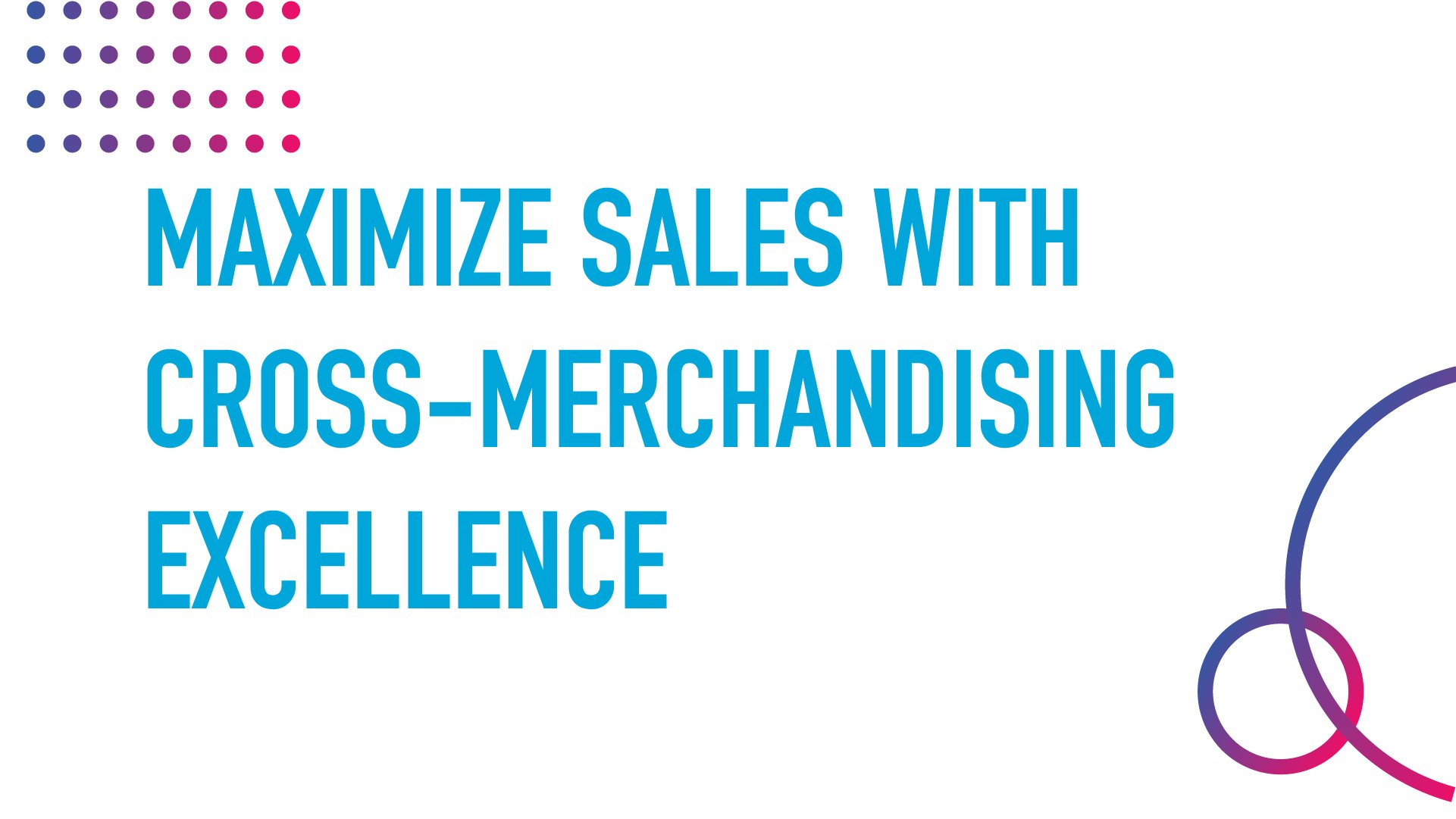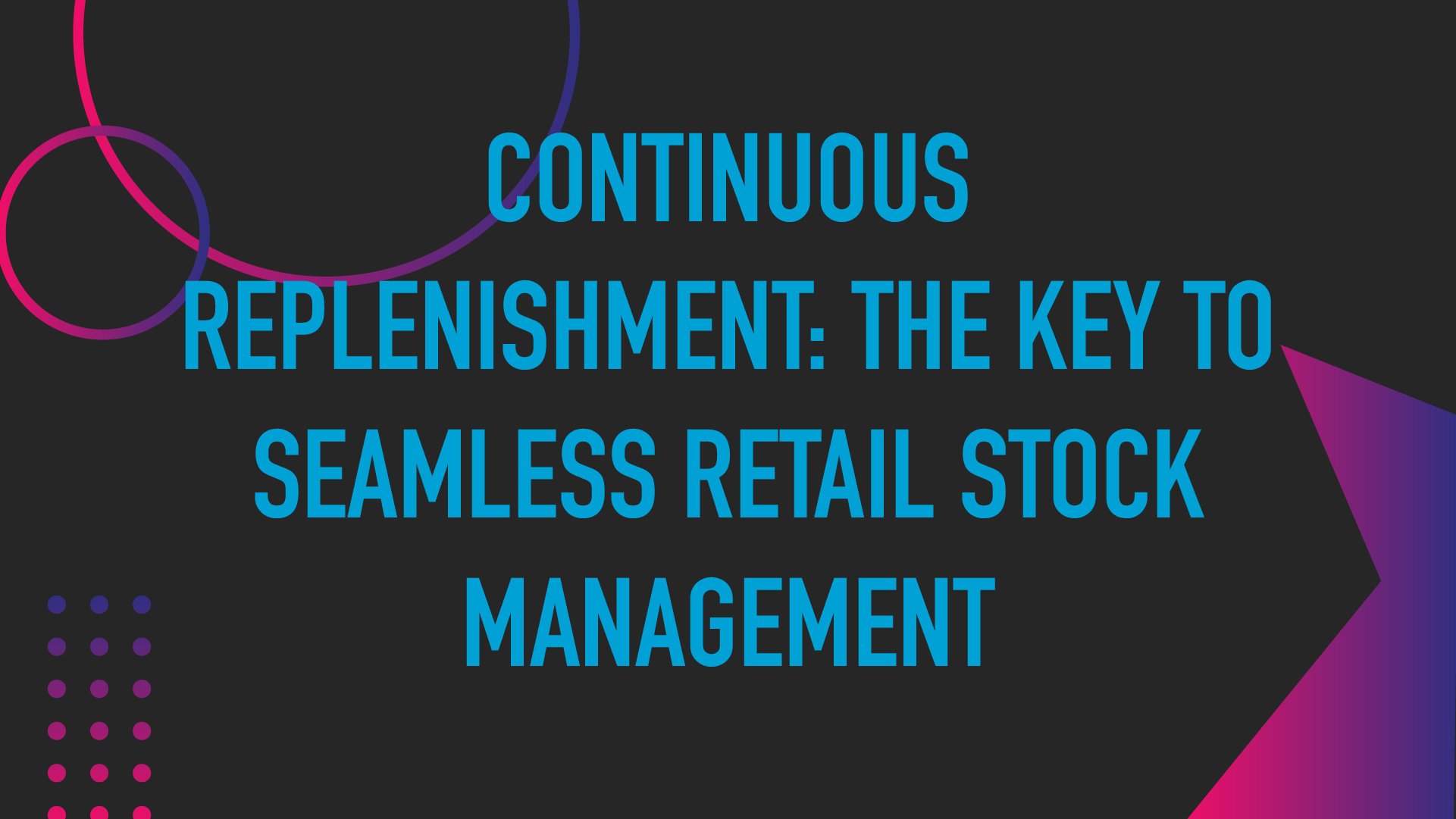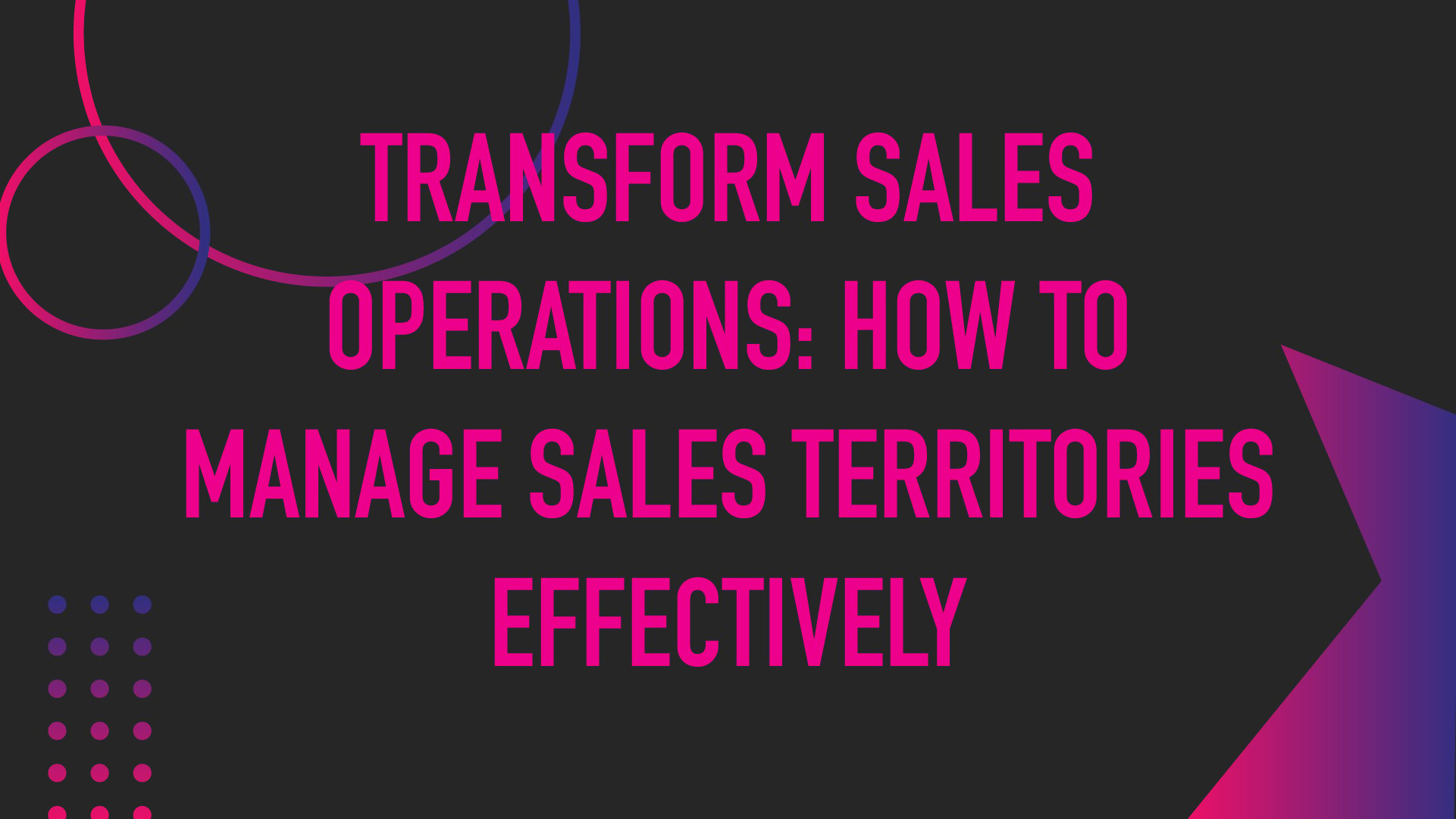Transform Sales Operations: How to Manage Sales Territories Effectively


Optimize Costs and Drive Efficiency: The Key to Managing Sales Territories
Managing sales territories effectively is about more than just assigning regions and tasks—it’s about creating a strategic framework that empowers teams to maximize their impact. For sales operations leaders and retail managers, it represents an opportunity to reduce inefficiencies, allocate resources smarter, and deliver results that drive measurable growth.
Why Sales Territory Management Is Crucial for Success
Sales territories form the backbone of field operations, yet when they’re mismanaged, inefficiencies multiply. Overlapping responsibilities can lead to wasted resources and missed opportunities, while poorly planned routes inflate travel costs and reduce productivity. Without clear plans, sales teams often find themselves stretched too thin, unable to focus on what matters most: engaging high-value customers and driving revenue.
Effective territory management resolves these challenges by ensuring resources are aligned with demand. When every sales rep knows their specific role and has a focused area to manage, their efforts are no longer diluted. Instead of spending hours on unnecessary travel or duplicating efforts, they can dedicate their energy to building relationships and addressing key priorities. The result is a streamlined, high-performing operation where every action contributes directly to customer satisfaction and business objectives.
The Role of Technology in Revolutionizing Territory Management
Technology has transformed how sales territories are managed, making traditional methods like spreadsheets and manual tracking obsolete. Now, advanced tools offer sales teams the ability to streamline operations through automation, real-time data, and predictive insights.
Automated route optimization, for example, eliminates inefficiencies by mapping the most effective routes for sales reps. This reduces travel time significantly, allowing teams to spend more time engaging with customers and less time on the road. Studies show that effective route optimization can cut travel time by up to 20%, directly impacting operational costs and workforce productivity.
Beyond routes, dynamic task allocation ensures managers can assign responsibilities based on real-time factors like workload, location, or skill sets. This adaptability prevents overloading any one team member and ensures that everyone is focused on tasks that truly matter. Performance tracking tools provide managers with immediate visibility into team progress, enabling them to identify bottlenecks, pivot strategies, and maintain consistent execution across territories.
Reducing Costs with Strategic Territory Planning
Labor costs are often one of the largest operational expenses in retail, and mismanaged sales territories exacerbate the issue. Without strategic planning, resources are wasted, routes are redundant, and opportunities slip through the cracks. Optimized territory management solves these problems by aligning team efforts with clear goals and minimizing waste.
Strategic planning prevents redundancy by clearly defining territory boundaries, ensuring that every area is covered without duplication. It also allows teams to maximize their focus on high-priority customers—those with the greatest potential to drive revenue. A well-designed territory plan can lead to a threefold increase in attention to "A" customers, directly impacting sales outcomes. By tailoring tasks to the needs of specific regions, companies can ensure that employees are working smarter, not harder, achieving greater results with fewer resources.
Personalizing Sales Territory Strategies for Maximum Impact
No two markets are identical; the best sales territory strategies recognize this reality. Local customer behaviors, seasonal patterns, and market demands all influence what works in one area versus another. Personalizing strategies based on these factors ensures teams are addressing the unique needs of their territories and maximizing opportunities for success.
Incorporating data-driven insights helps managers understand where resources should be directed. Advanced tools reveal patterns in customer buying habits, allowing teams to allocate time and effort to areas with the greatest revenue potential. Localized approaches, such as tailoring promotions or merchandising strategies to regional preferences, further enhance engagement and drive sales.
Making proactive adjustments based on real-time data is another critical advantage. When market conditions shift unexpectedly, teams with live insights can pivot quickly, avoiding disruptions and maintaining momentum. This adaptability not only ensures operational efficiency but also strengthens customer relationships by consistently meeting their expectations.
Empowering Teams with the Right Tools
The success of any sales territory management strategy depends on equipping field teams with the tools they need to excel. Modern merchandising platforms provide the technological foundation for smoother workflows, better communication, and faster decision-making.
Real-time inventory updates, for instance, enable sales reps to stay informed about stock levels and respond immediately to potential gaps. This ensures that shelves remain stocked and displays are optimized, creating a seamless shopping experience for customers. Automating routine tasks like replenishment requests or reporting further enhances efficiency, allowing sales reps to focus on higher-impact activities like building relationships with store managers.
Strong communication tools also play a pivotal role, enabling real-time collaboration between field teams and managers. When priorities are clear, and feedback is immediate, teams work cohesively toward shared goals, reducing delays and ensuring consistent execution. These tools enhance day-to-day operations and contribute to a work culture where employees feel empowered and supported.
The Measurable Impact of Strategic Sales Territory Management
The benefits of optimized sales territory management extend beyond operational efficiency—they deliver quantifiable results that drive growth. Refined territory design, for example, can significantly improve sales performance while better resource allocation reduces travel costs and maximizes time spent on customer engagement.
Voluntary turnover is another area where strategic planning makes a difference. Teams supported by clear, data-driven strategies experience up to a 33% reduction in voluntary turnover, reflecting improved employee satisfaction and retention. These results demonstrate the tangible value of investing in smarter territory management systems.
Teams can significantly enhance their sales outcomes by focusing on high-priority customers and leveraging advanced tools. A well-designed plan doesn’t just streamline operations—it creates opportunities for stronger customer relationships, better team morale, and measurable financial gains.
Redefining the Future of Sales Territory Management
Sales territory management is no longer just about assigning areas and tasks but creating a strategic advantage in a rapidly evolving retail landscape. Companies can transform their field operations into high-performing, customer-centric ecosystems by adopting data-driven solutions, empowering teams with advanced tools, and personalizing approaches to meet regional needs.
The need for efficient, adaptable, and strategic territory management is growing. Those who embrace this forward-thinking approach will not just meet the challenges of today- they’ll set the standard for operational excellence tomorrow. The question isn’t whether to optimize your sales territories; it’s how soon you’ll begin leading the charge.

featured content
featured content

Fresher Inventory Management through Unified Planning and Execution
The key to improving fresh food inventory management is to unify the teams & technology of central planning & store execution. Learn why in this thought leadership blog between Movista and RELEX Solutions.









